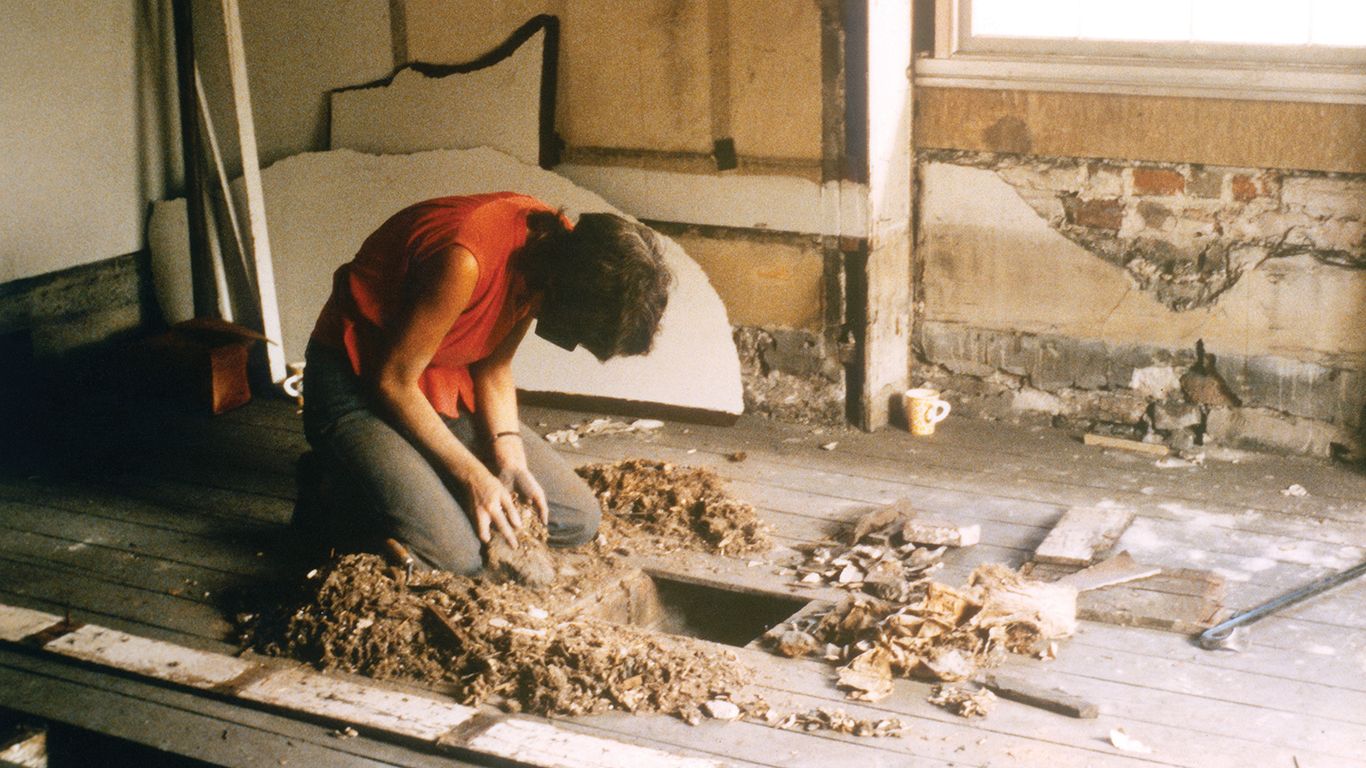Hyde Park Barracks: Australian Convict Sites World Heritage listing
In 2010, the Hyde Park Barracks, along with ten fellow Australian convict places and institutions, was placed on UNESCO’s prestigious World Heritage list. While each of these sites are important and valuable in their own right, drawn together, as a special ‘group listing’, they tell an epic tale of Australia’s convict beginnings and the extraordinary range of systems and conditions experienced by convicts transported to the colonies between 1788 and 1868.
The following summary comes from the official nomination prepared by the Australian Government’s Department of the Environment and Energy.
Summary
The ‘property’ consists of 11 complementary sites. It constitutes an outstanding and large-scale example of the forced migration of convicts, who were condemned to transportation to distant colonies of the British Empire; the same method was also used by other colonial states.
The sites illustrate the different types of convict settlement organised to serve the colonial development project by means of buildings, ports, infrastructure, the extraction of resources, etc. They illustrate the living conditions of the convicts, who were condemned to transportation far from their homes, deprived of freedom, and subjected to forced labour.
This transportation and associated forced labour was implemented on a large scale, both for criminals and for people convicted for relatively minor offences, as well as for expressing certain opinions or being political opponents. The penalty of transportation to Australia also applied to women and children from the age of nine. The convict stations are testimony to a legal form of punishment that dominated in the 18th and 19th centuries in the large European colonial states, at the same time as and after the abolition of slavery.
The property shows the various forms that the convict settlements took, closely reflecting the discussions and beliefs about the punishment of crime in 18th and 19th century Europe, both in terms of its exemplarity and the harshness of the punishment used as a deterrent, and of the aim of social rehabilitation through labour and discipline. They influenced the emergence of a penal model in Europe and America.
Within the colonial system established in Australia, the convict settlements simultaneously led to the Aboriginal population being forced back into the less fertile hinterland, and to the creation of a significant source of population of European origin.
Criteria
The UNESCO submission was prepared to address two specific criteria:
Criterion (iv) an exceptional example of the forced migration of convicts - an important stage of human history
The Australian convict sites constitute an outstanding example of the way in which conventional forced labour and national prison systems were transformed, in major European nations in the 18th and 19th centuries, into a system of deportation and forced labour forming part of the British Empire's vast colonial project. They illustrate the variety of the creation of penal colonies to serve the many material needs created by the development of a new territory. They bear witness to a penitentiary system which had many objectives, ranging from severe punishment used as a deterrent to forced labour for men, women and children, and the rehabilitation of the convicts through labour and discipline.
Criterion (vi) an extraordinary example of global ideas and developments associated with the punishment and reform of the criminal elements of humanity during the Age of Enlightenment and the modern era
The transportation of criminals, delinquents, and political prisoners to colonial lands by the great nation states between the 18th and 20th centuries is an important aspect of human history, especially with regard to its penal, political and colonial dimensions. The Australian convict settlements provide a particularly complete example of this history and the associated symbolic values derived from discussions in modern and contemporary European society. They illustrate an active phase in the occupation of colonial lands to the detriment of the Aboriginal peoples, and the process of creating a colonial population of European origin through the dialectic of punishment and transportation followed by forced labour and social rehabilitation to the eventual social integration of convicts as settlers.
More information
For more detail on the nomination or to download the full submission, go to the Australian Convict Sites: World Heritage Nomination page on the Department of the Environment and Energy website.
Related

Hyde Park Barracks: a keeper of lost things
Uncover and explore some of the items found inside the barracks
First published on the Sydney Living Museums website in 2017
![External view, [East, West, North, South] elevation of Hyde Park Barracks](https://images.slm.com.au/fotoweb/embed/2022/12/1d384fcac47742e2b8f1f9b8b81e8a49.jpg)